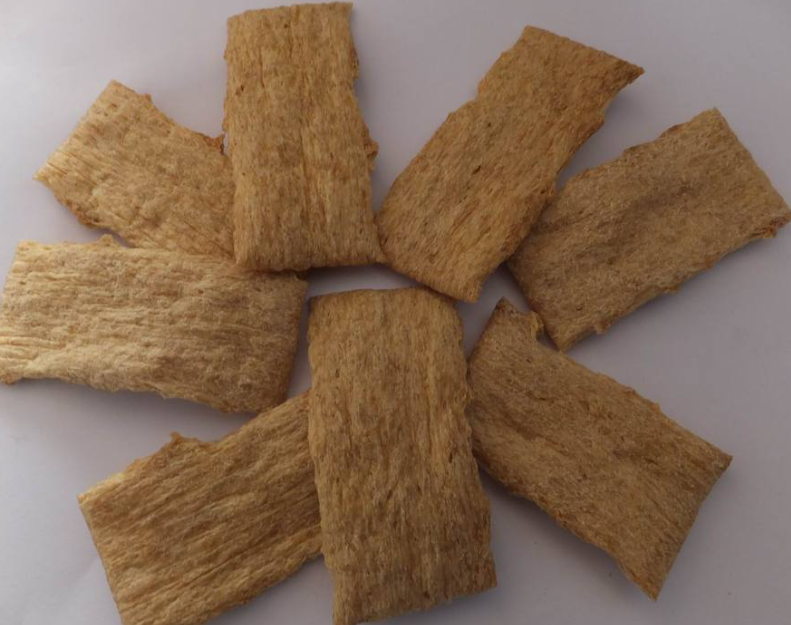Introduction à la production de protéines de soja
Soy protein is a high-quality plant-based protein derived from soybeans, renowned for its nutritional benefits and functional properties. As global demand for sustainable and alternative protein sources grows, soy protein has become a key ingredient in food, beverage, and industrial applications. This article explores the production process, types, and uses of soy protein.
1. Overview of Soy Protein
Soy protein is extracted from defatted soybean meal, a byproduct of soybean oil production. It is valued for:
- Nutritional Quality: Contains all essential amino acids, making it a complete protein.
- Functionality: Offers emulsification, water-binding, gelation, and texture-enhancing properties.
- Polyvalence: Used in meat alternatives, dairy substitutes, protein supplements, and more.
2. Processus de production
The production of soy protein involves several steps to isolate and refine protein from soybeans:
Step 1: Cleaning and Dehulling
- Soybeans are cleaned to remove impurities (e.g., dirt, stones) and dehulled to reduce fiber content.
Step 2: Oil Extraction
- Soybeans are flaked and treated with solvents (e.g., hexane) to extract oil, producing defatted soybean meal.
Step 3: Protein Extraction
- The defatted meal is mixed with an alkaline solution (e.g., sodium hydroxide) to dissolve protein.
- The mixture is centrifuged to separate insoluble fiber (okara) from the protein-rich liquid.
Step 4: Precipitation and Washing
- The protein solution is acidified (e.g., with hydrochloric acid) to precipitate the protein as curds.
- The curds are washed to remove sugars, salts, and anti-nutritional factors.
Step 5: Neutralization and Drying
- The protein curds are neutralized with alkali to achieve a neutral pH.
- They are then pasteurized and dried (e.g., spray-drying) to produce soy protein concentrate (SPC) or isolate (SPI).
Step 6: Additional Processing (Optional)
- Texture: SPI or SPC can be extruded under heat and pressure to create textured soy protein (TSP), used in meat analogs.
- Enzymatic Treatment: Hydrolysis with enzymes produces soy protein hydrolysates for improved solubility and digestibility.
3. Types of Soy Protein Products
- Soy Protein Isolate (SPI):
- Contains ~90% protein; minimal carbs and fats.
- Used in protein shakes, sports nutrition, and dairy alternatives.
- Soy Protein Concentrate (SPC):
- Contains ~70% protein; retains some dietary fiber and carbohydrates.
- Ideal for meat products, baked goods, and functional foods.
- Textured Soy Protein (TSP):
- Available as chunks, granules, or flakes.
- Provides meat-like texture in plant-based products.
- Soy Flour:
- Least processed form; contains ~50% protein.
- Used in baking and as a nutritional booster.
4. Key Applications
- Food and Beverages:
- Meat alternatives (e.g., burgers, sausages).
- Dairy substitutes (e.g., soy milk, yogurt).
- Protein bars, shakes, and infant formula.
- Industrial Uses:
- Adhesives, paper coatings, and biodegradable plastics.
- Animal Feed:
- High-protein feed for livestock and aquaculture.
5. Nutritional and Environmental Benefits
- Health: Cholesterol-free, low in saturated fat, and rich in iron and calcium.
- Durabilité: Requires less land and water compared to animal-based protein production.
6. Challenges and Innovations
- Allergenicity: Soy is a common allergen, limiting its use for some consumers.
- Facteurs antinutritionnels: Phytic acid and trypsin inhibitors are reduced during processing.
- Innovations: Non-GMO and organic soy protein production; fermentation to enhance functionality.
7. Future Outlook
As the plant-based protein market expands, soy protein remains a dominant player due to its affordability, scalability, and functional versatility. Ongoing research focuses on improving taste, texture, and sustainability to meet evolving consumer preferences.
Conclusion
Soy protein production transforms soybeans into a highly refined, nutritious, and functional ingredient. From extraction to texturization, each step is designed to maximize protein quality while meeting diverse industrial and consumer needs. As technology advances, soy protein will continue to drive innovation in food systems and contribute to a more sustainable global protein supply.








